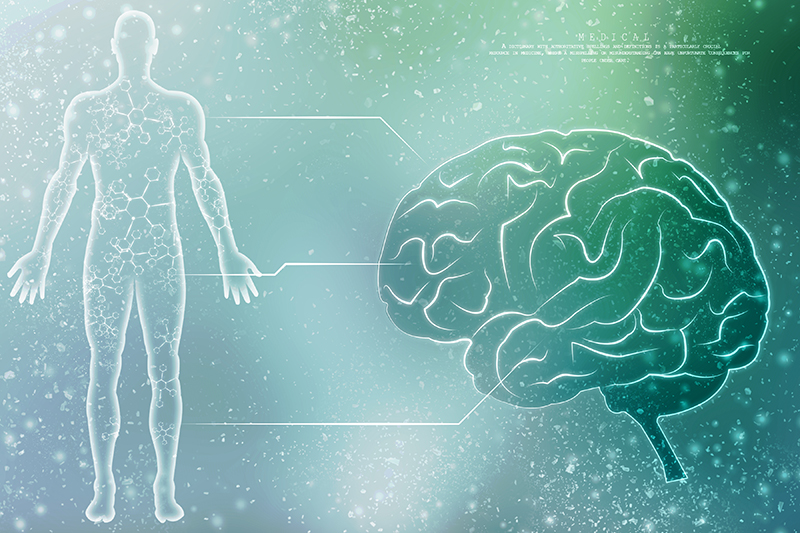Submitted by FYZICAL THERAPY &
BALANCE CENTER
Let’s start with a riddle: What do these four people have in common?
- A teenage football player sprained his ankle a week after returning to play after a concussion.
- 75-year-old grandmother with Parkinson’s disease tripped on an uneven sidewalk, fell, and broke her hip.
- 47-year-old construction worker trips over an electrical cord
- 35-year-old administrative assistant got progressive lenses on her new glasses and slips on a wet floor.
All have suffered injuries, but more than that, they all may be referred to rehabilitation for consequences after falling. But that is where the similarities end. Each person will require a different treatment based on the underlying reason for the fall. Whether the focus is on neurological, orthopedic, or sport rehabilitation, applying motor control principles is key to identifying task impairments and targeting the training program to achieve success.
So, what exactly is motor control? It’s a science that explores how the nervous system interacts with other body systems and the environment to produce purposeful, coordinated movements. It looks at perspectives from biomechanics, kinesiology, neurophysiology, neuroscience, and cognitive psychology to answer the question of “how do we organize and produce movement?”
The brain adapts motor outputs to respond to changing sensory inputs from both the body and the external environment. This ranges from day-to-day activities to complex sports. The central nervous system selects, suppresses, and combines these inputs to determine the most correct response and create the desired movement.
Our ability to balance and perform complex motor skills occurs at several levels in the nervous system. Automatic reactions to our posture occur as a response to losing balance from a slip, an uneven surface, or other external perturbation of the center of mass. These semi-automatic, pre-programmed postural reactions can be modified with training.
At FYZICAL, we use a virtual reality system called BERTEC CDP/IVR, which is used to diagnose balance problems. By combining immersive virtual environments with dual-balance force plate technology, we can assess the direct point of a person’s dizziness, balance problems, or motion sickness. If you’ve been struggling with any of these issues, make an appointment with us today!
Contact FYZICAL Peoria today by visiting our website fyzical.com/peoria or calling (309) 589-5900 to Love Your Life this summer!
FYZICAL THERAPY & BALANCE CENTER – A DIVISION OF PEORIA EAR, NOSE & THROAT GROUP

